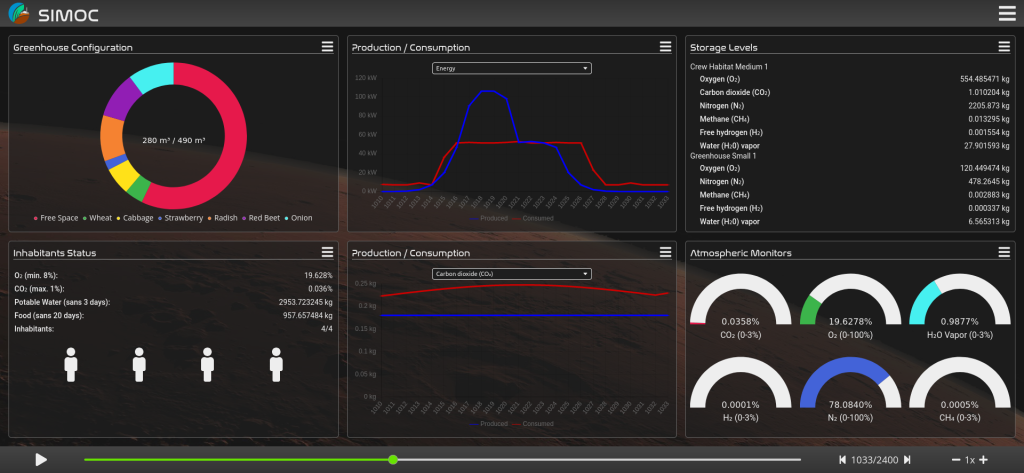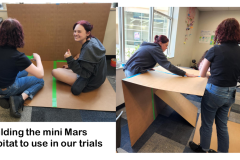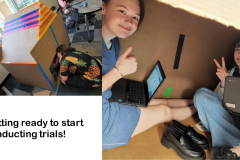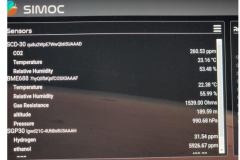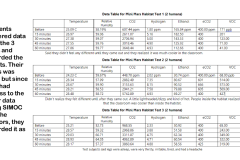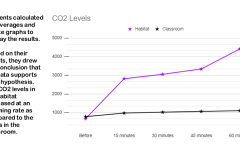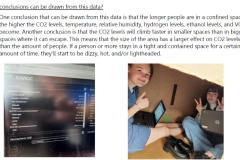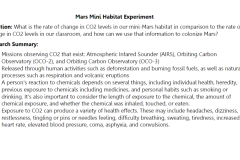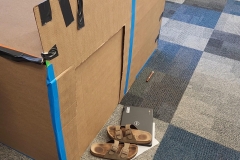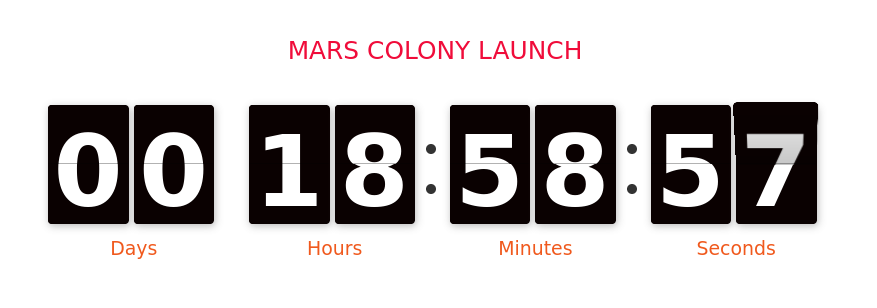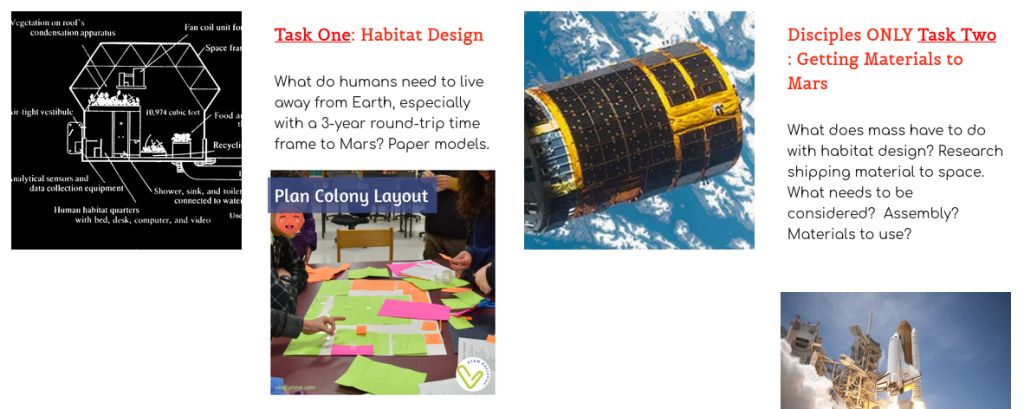Update from the SIMOC Development Team
The SIMOC development team has for the past six months been hard at work in developing two new versions of SIMOC: SIMOC B2 and SIMOC Live. SIMOC B2 is a new kind of simulation, a model of the first and second missions at Biosphere 2 in order to present citizen scientists with the tools to understand the challenges faced by the world’s largest and longest running human-in-the-loop bioregenerative experiment. SIMOC Live enables the real-time monitoring and capture of data from sensor arrays, such as those used to monitor carbon dioxide or oxygen levels, and other air quality measures.
We apologize for the lack of updates to this forum, but promise to catch-up (and back date) several stories soon!


